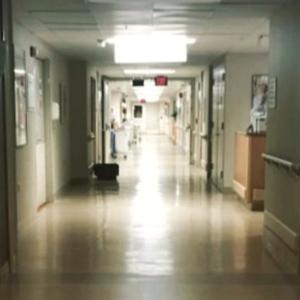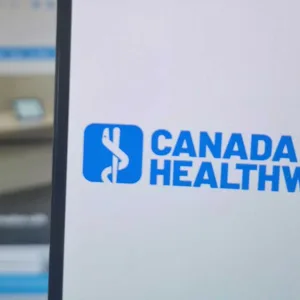When The Poop Hits The Fan — Ontario wastewater testing needs to be expanded, not stripped back
Imagine, if you will, a system of disease surveillance that doesn’t rely on expensive and painful tests. It does not require us to get swabs stuck up our noses, needles poked into our arms, or even to answer banal questions about symptoms. Instead, this system asks us to go about our regular day, sleeping, waking, eating, and…. defecating… exactly as we would normally. In this system, heroic nerds—out of sight and out of mind—scoop and test samples of sewage in order to tell us whether disease rates are either concerning or tolerable.
Now imagine that shortsighted policymakers decide to defund such a surveillance system, just as its worth and pioneering quality are being celebrated worldwide.
Ontario’s infectious disease wastewater testing has been among the very few bright spots in an otherwise spotty COVID pandemic response. Absent a robust active surveillance system, which would involve regular random testing of large numbers of people for a variety of diseases—like COVID, Mpox, RSV, and influenza—scientists have relied on four sources of data to measure the extent of infection in our populations: hospitalisation and mortality rates, the occasional testing of people who show up sick at some hospitals (what we call “sentinel surveillance”), and wastewater testing.
Of the four, wastewater is the only method that captures nearly all cases, especially asymptomatic infections or those not serious enough to seek medical attention. With the closing of COVID testing centres and the lack of availability of at-home rapid tests for COVID and other diseases, wastewater levels have been perhaps the best metric for informing the general public about current infection risk. And that information is critical for those who need to make daily exposure and socialisation decisions to protect themselves and others from infection.
Beyond its usefulness for the everyday citizen, data from wastewater testing inform ongoing research, for example to explore seasonality in infection, or disease spread in response to a variety of environmental stimuli. But perhaps the most important function of any infectious disease surveillance system is to serve as an early warning system of a wave or an outbreak, allowing decision makers to plan or respond accordingly.
Ontario intends to cancel the provincial wastewater system’s 59 testing sites, in favour of a federal program with more sites nationwide but far fewer in this province. On its face, a federally managed program makes a lot of sense. A federal program can be centrally administered, enforce data reporting and quality standards across the country, ensure sustained funding, and offer easier international comparisons.
However, reliance upon the often glacial pace of federal data processing and sharing can compromise local efforts. Unless provinces are given direct access to the raw collected data, reliance on federal downloads might be problematic, depending on the kind of information architecture and resources to be applied. Ever since the SARS epidemic of 2003, federal–local data sharing has been a fragility that public health reformers have sought to remedy, with varying levels of success.
Part of that fragility is the nature of the data themselves. Our local needs might not be seen as a federal priority. Community outbreaks of specific diseases might require rapid modifications of the local testing regimen that the rest of the country would not need. It remains unknown whether such flexibility would be incorporated into the intended federal program. If cases of H5N1 were suspected in Ontario, for example, would a federal apparatus enact local testing with meaningful rapidity? The singular advantage of maintaining a provincial system is its deftness, its ability to pivot as local crises manifest.
Most striking is the reduced resolution offered by a federal program. The present plan is to replace Ontario’s current 59 testing sites with an unknown but smaller number of federally-managed sites. Fewer sites means a lessened ability to localise outbreaks and therefore to individualise risk assessment. It makes our surveillance system less powerful and less useful.
The reason for this change is presumably cost. But the current Ontario system is thought to cost $10-$15 million. As these things go, this is astoundingly inexpensive. Wastewater testing has a very favourable cost-to-impact ratio. It’s one of those things we should be expanding upon, not scaling back. Frankly, wastewater surveillance should be built into the infrastructure of every community.
It doesn’t matter which level of government pays for it. Wastewater surveillance in Ontario should be at minimum maintained and at best increased. And its data must be reliably and frequently made available for easy access by all taxpayers. As policymakers seem increasingly to be downloading the responsibility for health risk management onto individuals, it is essential that everyone be given the best information necessary to do so.
Dr. Raywat Deonandan is a Global Health Epidemiologist and Professor at the University of Ottawa. He is a former Chief Scientist with the Canadian federal government, and an award-winning writer. Contrary to accusations from Twitter bots, he does not receive cheques from Klaus Schwab, Pfizer, or Bill Gates. Though that would be nice.









